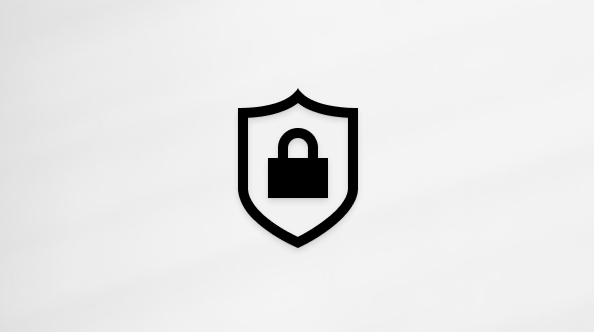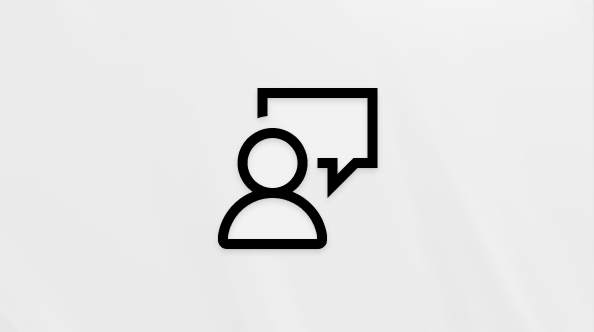September 10, 2024—KB5043050 (OS Build 17763.6293)
Applies To
Win 10 Ent LTSC 2019 Win 10 IoT Ent LTSC 2019 Windows 10 IoT Core LTSC Windows Server 2019Release Date:
10/09/2024
Version:
OS Build 17763.6293
11/17/20 For information about Windows update terminology, see the article about the types of Windows updates and the monthly quality update types. For an overview of Windows 10, version 1809, see its update history page.
Important: Windows updates do not install Microsoft Store application updates. If you are an enterprise user, see Microsoft Store apps - Configuration Manager. If you are a consumer user, see Get updates for apps and games in Microsoft Store.
Highlights
-
This update addresses security issues for your Windows operating system.
Improvements
This security update includes improvements. Below is a summary of the key issues that this update addresses when you install this KB. If there are new features, it lists them as well. The bold text within the brackets indicates the item or area of the change we are documenting.
-
[AppContainer] Printers do not work as you expect when you use them in a restricted setting, like AppContainer.
-
[BitLocker] You might not be able to decrypt a BitLocker data drive. This occurs when you move that drive from a newer version of Windows to an older version.
-
[Windows Installer] When it repairs an application, the User Account Control (UAC) does not prompt for your credentials. After you install this update, the UAC will prompt for them. Because of this, you must update your automation scripts. Application owners must add the Shield icon. It indicates that the process requires full administrator access. To turn off the UAC prompt, set the HKEY_LOCAL_MACHINE\SOFTWARE\Policies\Microsoft\Windows\Installer\DisableLUAInRepair registry value to 1. The changes in this update might affect automatic Windows Installer repairs; see Application Resiliency: Unlock the Hidden Features of Windows Installer.
-
[Windows Server 2019 (known issue)] Some devices slow down, stop responding, and have high CPU usage. This is most likely to occur with Cryptographic Services. A few companies report that the issue occurs when antivirus software scans the %systemroot%\system32\catroot2 folder for Windows updates.
-
[Dual boot of Windows and Linux (known issue)] Linux might fail to start up when you turn on dual-boot setup for Windows and Linux on your device. The error message is, “Verifying shim SBAT data failed: Security Policy Violation. Something has gone seriously wrong: SBAT self-check failed: Security Policy Violation.” See the full guidance in CVE-2022-2601 and CVE-2023-40547.
If you installed earlier updates, only the new updates contained in this package will be downloaded and installed on your device.
For more information about security vulnerabilities, please refer to the new Security Update Guide website and the September 2024 Security Updates.
Windows 10 servicing stack update (KB5043126) - 17763.6289
This update makes quality improvements to the servicing stack, which is the component that installs Windows updates. Servicing stack updates (SSU) ensure that you have a robust and reliable servicing stack so that your devices can receive and install Microsoft updates.
Known issues in this update
|
Symptom |
Workaround |
|---|---|
|
After installing the Windows update released on or after July 9, 2024, Windows Servers might affect Remote Desktop Connectivity across an organization. This issue might occur if legacy protocol (Remote Procedure Call over HTTP) is used in Remote Desktop Gateway. Resulting from this, remote desktop connections might be interrupted. This issue might occur intermittently, such as repeating every 30 minutes. At this interval, logon sessions are lost and users will need to reconnect to the server. IT administrators can track this as a termination of the TSGateway service which becomes unresponsive with exception code 0xc0000005. |
This issue is addressed in KB5044277. |
How to get this update
Before you install this update
Microsoft now combines the latest servicing stack update (SSU) for your operating system with the latest cumulative update (LCU). SSUs improve the reliability of the update process to mitigate potential issues while installing the LCU. For general information about SSUs, see Servicing stack updates and Servicing Stack Updates (SSU): Frequently Asked Questions.
Prerequisite:
You must install the August 10, 2021 SSU (KB5005112) before installing the LCU.
Install this update
To install this update, use one of the following Windows and Microsoft release channels.
|
Available |
Next Step |
|
Yes |
None. This update will be downloaded and installed automatically from Windows Update and Microsoft Update. |
|
Available |
Next Step |
|
Yes |
None. This update will be downloaded and installed automatically from Windows Update for Business in accordance with configured policies. |
|
Available |
Next Step |
|
Yes |
To get the standalone package for this update, go to the Microsoft Update Catalog website. |
|
Available |
Next Step |
|
Yes |
This update will automatically sync with Windows Server Update Services (WSUS) if you configure Products and Classifications as follows: Product: Windows 10 Classification: Security Updates |
If you want to remove the LCU
To remove the LCU after installing the combined SSU and LCU package, use the DISM/Remove-Package command line option with the LCU package name as the argument. You can find the package name by using this command: DISM /online /get-packages.
Running Windows Update Standalone Installer (wusa.exe) with the /uninstall switch on the combined package will not work because the combined package contains the SSU. You cannot remove the SSU from the system after installation.
File information
For a list of the files that are provided in this update, download the file information for cumulative update 5043050.
For a list of the files that are provided in the servicing stack update, download the file information for the SSU (KB5043126) - version 17763.6289.










